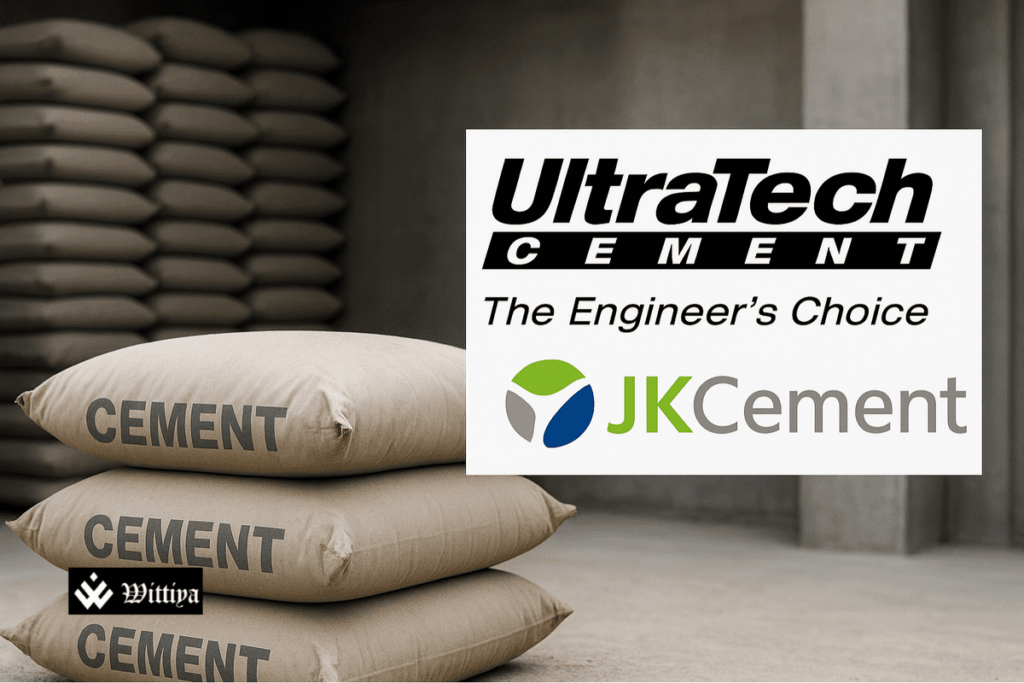The Indian cement sector has seen a 5% price surge in Q1FY26, primarily driven by significant hikes in the South and East regions. Despite muted demand due to adverse weather and labor shortages, companies like UltraTech Cement and JK Cement are top picks for investment due to operational efficiency and strategic expansions. Capacity additions in FY26 may increase competition but are expected to keep prices disciplined.
The Indian cement industry has demonstrated strong resilience in the first quarter of FY26, with prices registering a notable 5% increase, despite subdued demand in certain regions. This price hike has been led by southern and eastern India, where cement rates rose sharply, driven by strategic pricing moves and regional supply dynamics.
In southern India, cement prices surged by ₹35–40 per bag in April alone — a 12% month-on-month rise. A second round of price hikes followed in May, reflecting companies’ confidence in maintaining margins even amid labor constraints and weather-related disruptions. The eastern region also witnessed a 7% quarter-to-date increase, although recent attempts to push further price increases were scaled back due to competitive pressures.
These developments come at a time when the sector is seeing ongoing consolidation. Several companies are in the process of integrating newly acquired assets, aiming to standardize operations and optimize performance. Additionally, substantial capacity expansions are planned — with the eastern region alone expecting up to 14 million tonnes of new capacity per annum.
While demand has been somewhat suppressed by slow government spending and environmental challenges, the sector’s profitability remains intact. This is largely thanks to falling petcoke prices, improved operational efficiencies, and a favorable fuel cost environment.
From an investment perspective, analysts have marked UltraTech Cement and JK Cement as top buys. UltraTech’s large-scale operations and cost leadership position it well in a consolidating market, while JK Cement benefits from ongoing expansion and healthy margin performance.
Looking ahead, industry watchers expect that increased capacity may lead to greater competition, potentially moderating future price hikes. However, the sector remains well-poised for long-term growth, especially with India’s infrastructure push and continued urbanization driving underlying cement demand.
